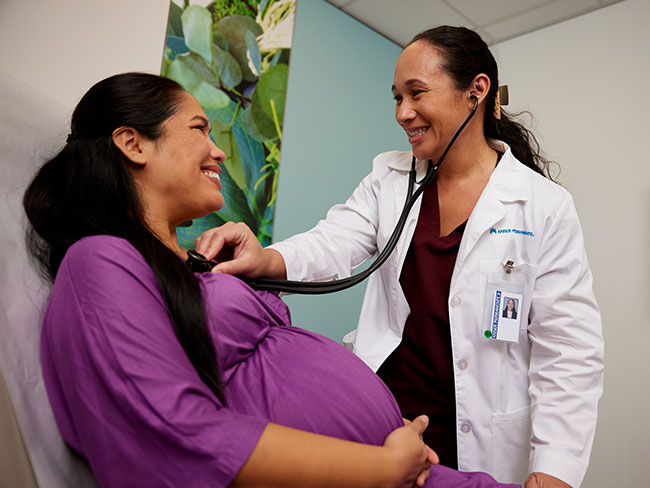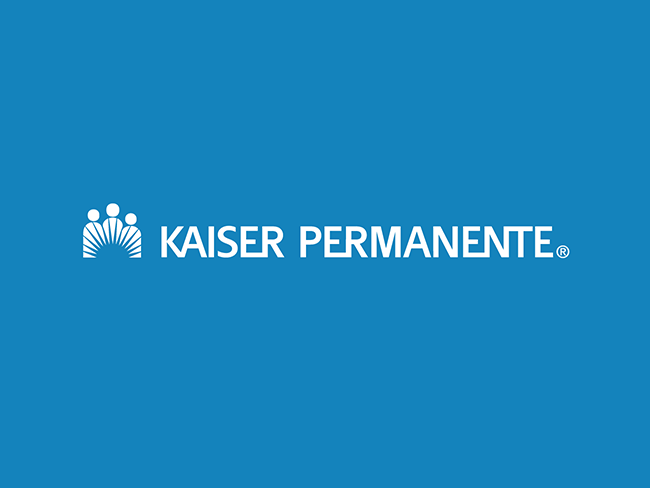Kaiser Foundation Health Plan and Hospitals Q3 2020 financial update
The country’s largest integrated health care system remains committed to delivering high-quality care and coverage as the COVID-19 pandemic continues.
Kaiser Permanente’s mission is to provide high-quality, affordable health care services and to improve the health of its members and the communities it serves. As a nonprofit health care system, Kaiser Foundation Health Plan, Inc., Kaiser Foundation Hospitals, and their respective subsidiaries (KFHP/H) advance this mission through investments in high-quality integrated care and coverage to make health care more affordable.
Financial results
While the pandemic continues to impact the health care industry, our financial results reflect solid operating performance along with moderated investment returns continuing from the second quarter. Third-quarter results reflect the resumption of deferred care, related increases in expenses, and shifts in membership to government-sponsored plans, as economic disruption continues and unemployment rates remain high.
For the 9 months ended September 30, 2020, operating revenues were $66.6 billion compared to $63.7 billion year-to-date through the third quarter of 2019. Year-to-date operating expenses were $62.9 billion compared to $60.4 billion for the same period last year. For the quarter ended September 30, 2020, KFHP/H reported year-to-date operating income of $3.8 billion compared to $3.3 billion for the same period in 2019. Year-to-date net income was $5.4 billion compared to $6.4 billion for the same period in 2019.
For the quarter ended September 30, 2020, KFHP/H reported total operating revenues of $22.0 billion compared to $20.9 billion in the same quarter of 2019, and total operating expenses of $21.5 billion compared to $20.3 billion in the same period last year. Operating income fell to $456 million or 2.1% of total operating revenues compared to $615 million or 2.9% in the same period of 2019. Net income was $2.0 billion compared to $1.2 billion for the same period of the prior year.
“Although the pandemic continues to have an impact on Kaiser Permanente, during the third quarter we safely resumed in-person preventive and elective care, started to address the backlog of deferred procedures that were put on hold due to COVID-19, and continued to leverage and grow virtual care for members’ safety and convenience,” said executive vice president and chief financial officer Kathy Lancaster.
Membership
Kaiser Permanente’s membership was 12.4 million as of September 30, 2020, a loss of 11,000 members during the third quarter. As COVID-19 continues to impact the economy, unemployment nationally remained at almost 8.8% during the third quarter, close to double the rate for the same period in 2019. In Kaiser Permanente markets, unemployment ranged from 6.6% to 13.9% at the close of the third quarter. Strong membership growth early in the year was sustained because of efforts on the part of government, employers, and Kaiser Permanente to help people maintain their health benefits during a period of unprecedented health care and economic challenges. As of September 30, 2020, Kaiser Permanente was providing care for almost 1 million Medicaid members, an increase of more than 66,000 from last year.
“Improving the health of our members and the communities we serve is core to our mission and the work we do every day at Kaiser Permanente,” said chairman and CEO Greg A. Adams. “This focus is heightened during a pandemic that is disproportionately affecting low-income Americans and communities of color. Because equity is foundational to health, we’ve worked hard to help our members keep coverage through job loss, income reduction, and business closures. Additionally, we’ve set up convenient COVID-19 testing locations, increased our testing capacity by 300% since March, and committed $63 million to support contact tracing, relief, and education efforts.”
Capital spending
Year to date, capital spending totaled $2.8 billion. As of September 30, 2020, Kaiser Permanente has 719 medical offices, 39 owned and operated hospitals, and more than 50 retail and employer clinics. Capital spending in the third quarter of 2020 totaled $964 million.
Kaiser Permanente continues to be a leader in providing a broad range of digital health services, telephonic clinical advice, and telehealth visits to our members. These services, provided by our health care professionals, enhance access, safety, quality, and affordability and complement the face-to-face care in our facilities. Year to date, our members have visited kp.org over 250 million times to get information about their health, medical care, and coverage. Kaiser Permanente has provided over 23 million telehealth visits year to date through Q3 2020.
Improving community health
Throughout the third quarter and the entire pandemic, Kaiser Permanente continued its focus on addressing health equity and COVID-19 relief efforts. Kaiser Permanente has provided more than $420 million in assistance so far this year to help low-income, uninsured, and underinsured members through its medical financial assistance program.
In September, to help improve the conditions for health in its communities, Kaiser Permanente became the first health care system in the United States to achieve carbon-neutral status, through improved energy efficiency, renewable energy generation, carbon offsets, and other tools. Kaiser Permanente is currently ranked number 6 in the United States for companies with the most solar energy production, according to the Solar Energy Industries Association.
Kaiser Permanente continues to work with public officials, customers, and a wide range of organizations to focus on action-based, targeted COVID-19 prevention. Facilities have reopened and resumed nonurgent appointments and procedures with additional safeguards in place. In addition, Kaiser Permanente’s COVID-19 response includes:
- Began participating in a phase 3 clinical trial to test an investigational vaccine against the virus
- Ongoing expansion and adjustments to hospital, clinic, and virtual care operations to safely care for almost 185,000 COVID-19 patients through the end of the third quarter
- Providing almost 2 million COVID-19 tests through the end of the quarter
- Expanding Kaiser Permanente’s Household Prevention Program, which received 8,000 calls and distributed 6,000 household prevention kits as of the end of the third quarter
Financial summary
| ($ in millions, except %) | Q3 2020 | Q3 2019 |
| Total operating revenues | $21,952 | $20,912 |
| Total operating expenses | $21,496 | $20,297 |
| Operating income | $456 | $615 |
| Operating margin | 2.1% | 2.9% |
| Total other income and expense | $1,515 | $556 |
| Net income | $1,971 | $1,171 |
| Capital spending | $964 | $891 |
Note: Certain statements included in this document may constitute “forward-looking statements.” Such statements are generally identifiable by the terminology used, such as “plan,” “project,” “forecast,” “expect,” “estimate,” “budget,” or other similar words. The achievement of certain results or other expectations contained in such forward-looking statements involve known and unknown risks, uncertainties, and other factors, which may cause actual results, performance, or achievements described to be materially different from any future results, performance, or achievements expressed or implied by such forward-looking statements. Accordingly, actual results will vary, and the variations may be material. None of the KFHP/H organizations plan to issue any updates or revisions to those forward-looking statements if or when expectations change, or events, conditions, or circumstances on which such statements are based occur.






























